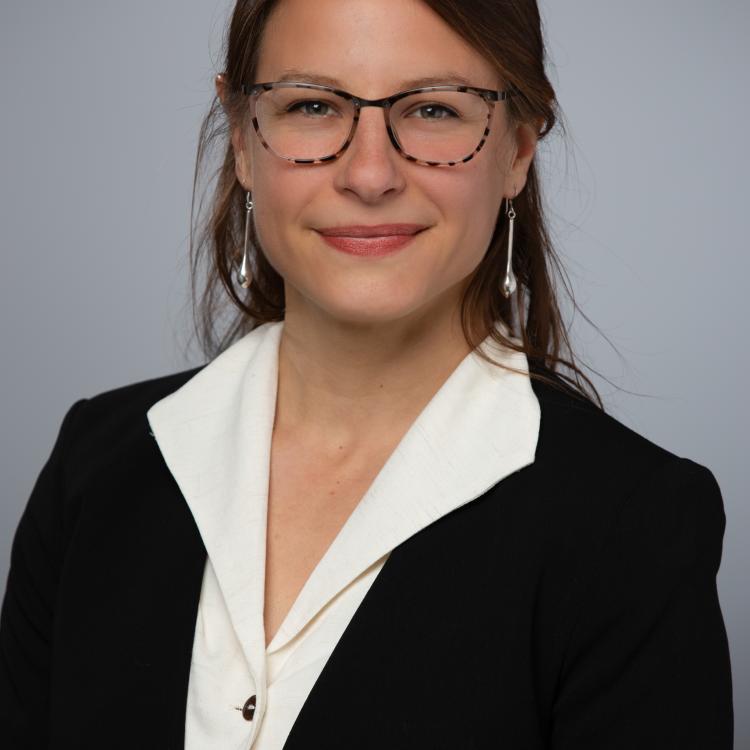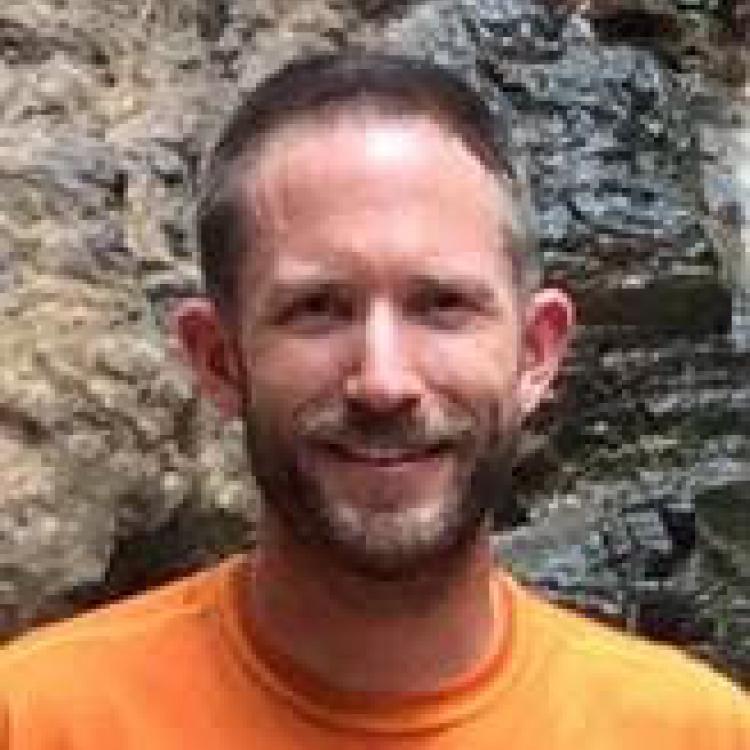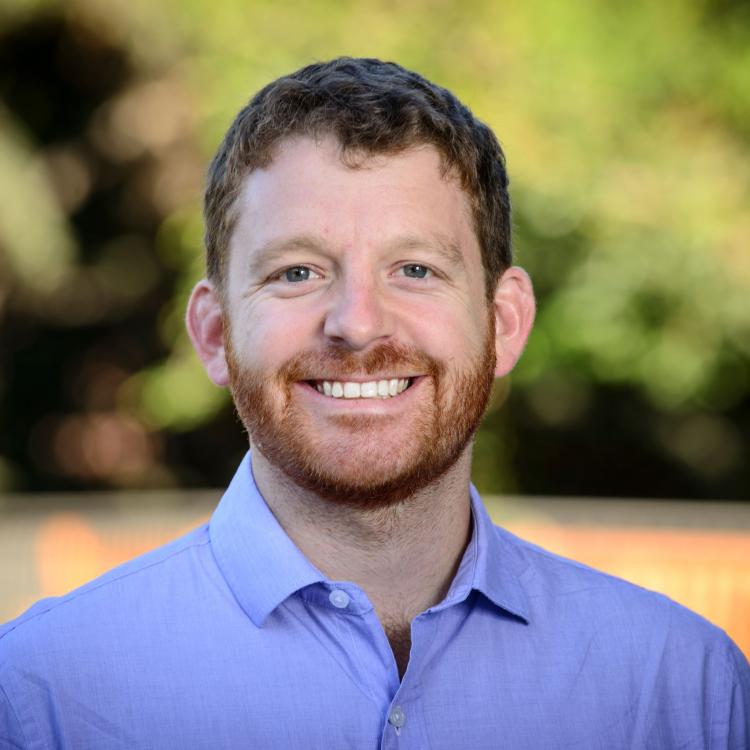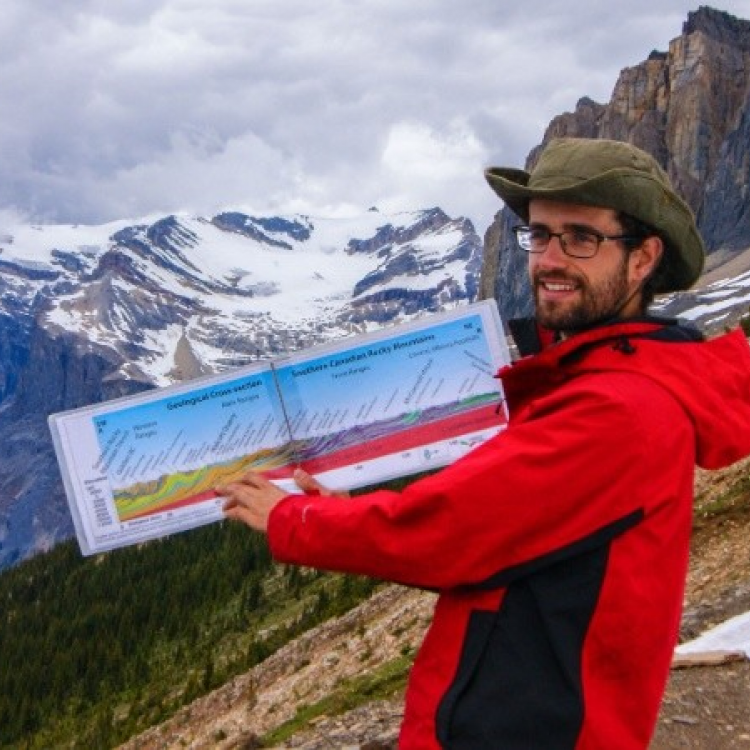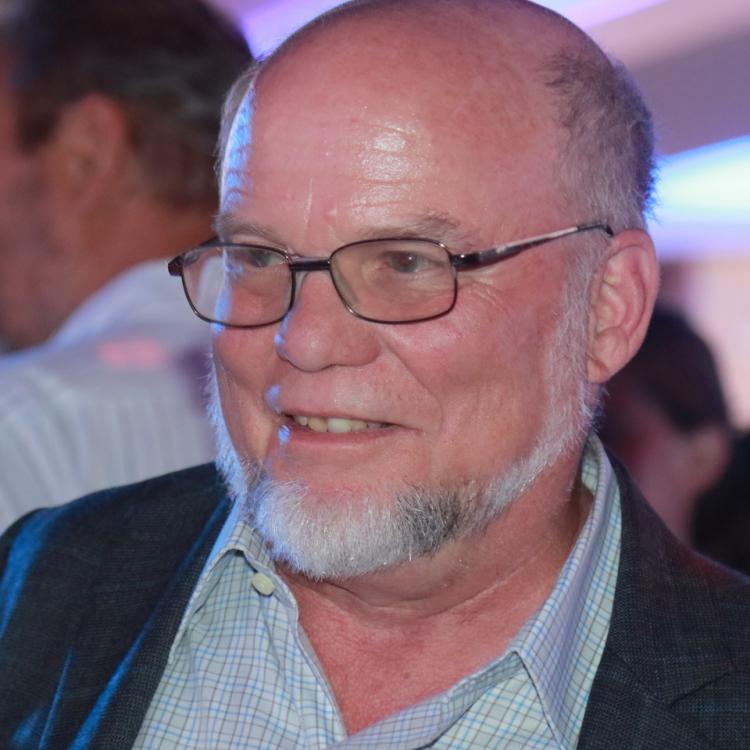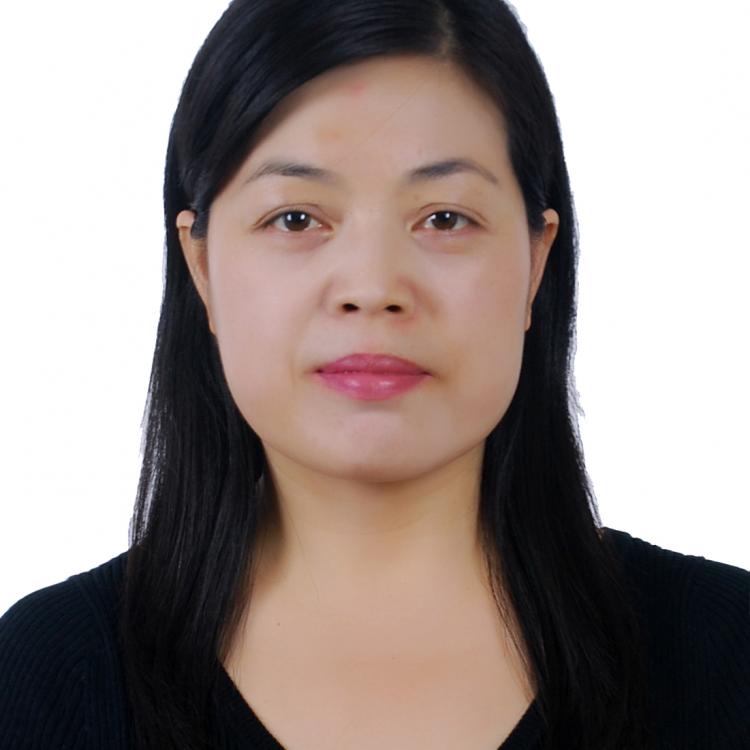Date
Date and Time
October 21, 2020 12:00 PM (PDT)–01:00 PM (PDT)
Abstract
Geophysical characterization of reservoir rocks is crucial for effectively stimulating and monitoring fracture performance in enhanced geothermal systems. Specifically, seismic characterization data can inform more precise hypocenter locations and geomechanical models. In this effort, campaign cross-borehole seismic data were collected as part of a comprehensive characterization suite of the first EGS Collab testbed prior to EGS Collab hydraulic stimulation experiments. The testbed was established in metamorphic, crystalline rock at the 4850 ft deep at the Sanford Underground Research Facility in Lead, South Dakota. We previously reported anisotropic traveltime tomography of the campaign cross-borehole seismic data to reveal a heterogeneous velocity structure and anisotropy and then applied an anisotropic elastic-waveform inversion method to the data to refine velocity heterogeneities and anisotropic parameters within the first EGS Collab testbed. To improve the accuracy and fidelity of the tomography and inversion results, we expanded our study to include all available campaign seismic data in the injection, production and monitoring wells. Additionally, we have obtained a set of 3D high-resolution P-/S-wave velocity and Thomsen anisotropic parameter models for the fracture stimulation regions. The inverted velocity and anisotropic medium parameter models can serve as the base for time-lapse active seismic monitoring and microseismic monitoring during and after the hydraulic stimulation activities at the EGS Collab testbed.
Speakers
Session Code
EPW04P
Session Name
EGS Collab: Experimentation, Modeling & Interpretation






















































